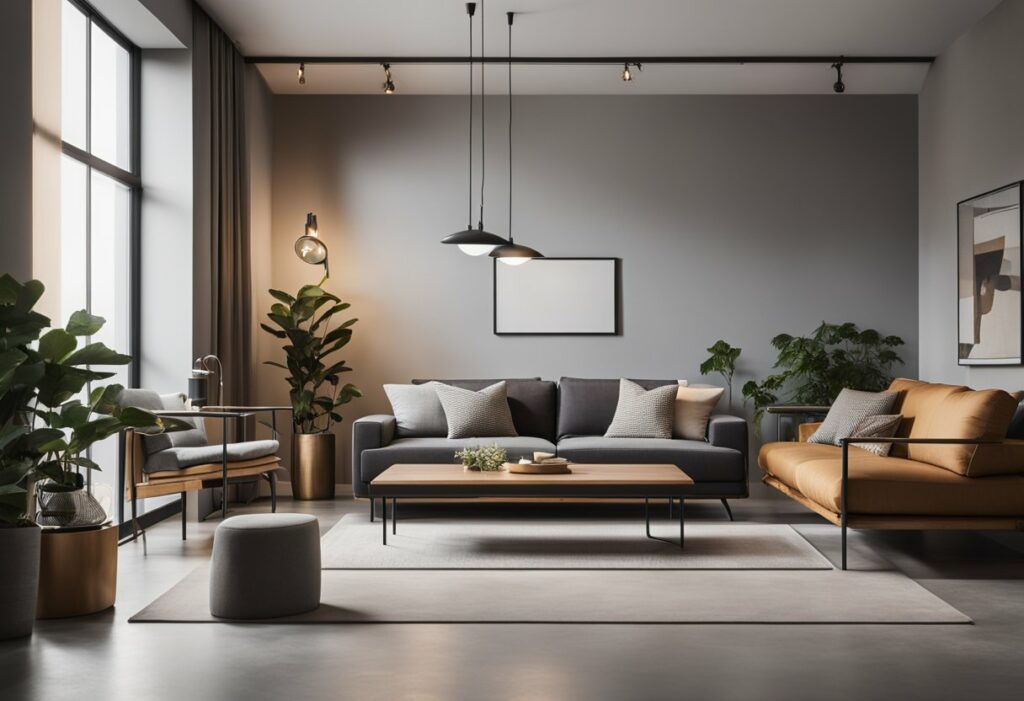Modern vs Industrial Interior Design: A Comparison
If you’re looking to redesign your living space, you might be wondering what the difference is between modern and industrial interior design. Although they share some similarities, there are also some key differences that can help you decide which style is right for you.
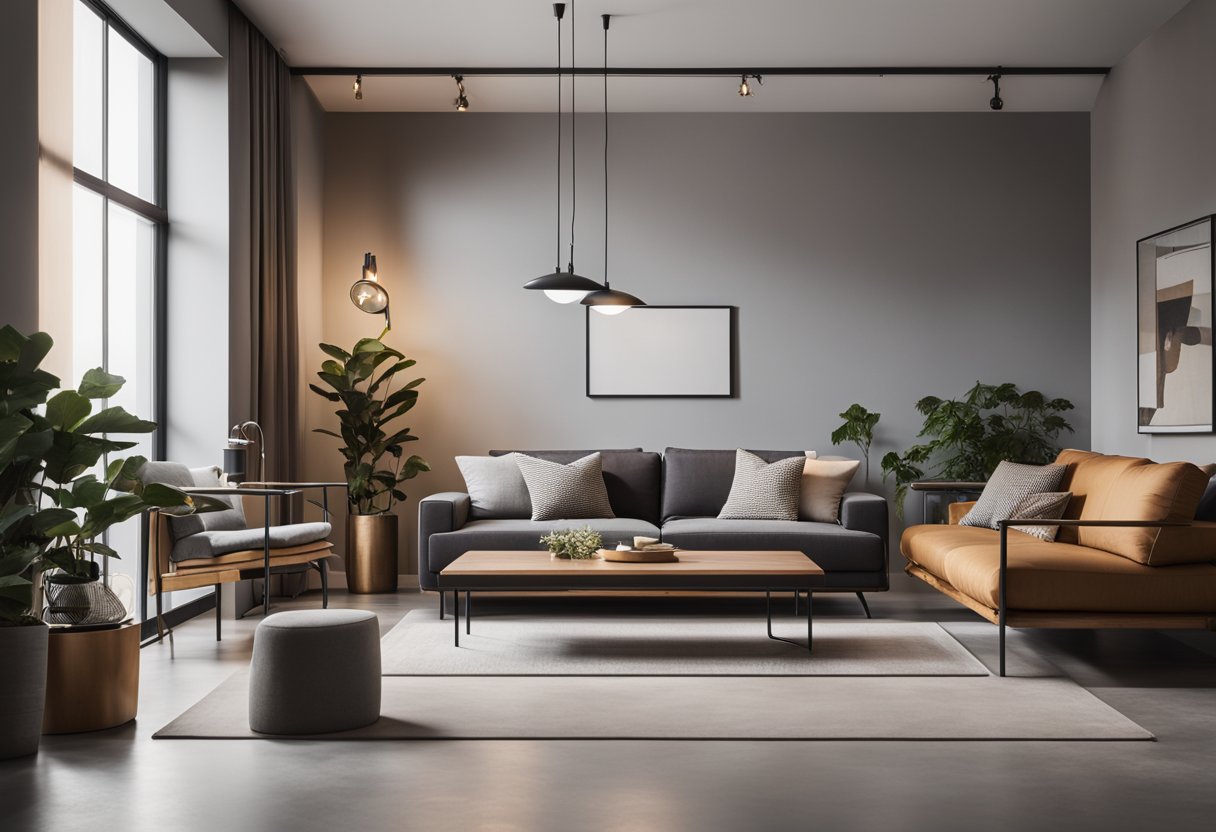
Modern interior design is known for its clean lines, simple colour palettes, and use of natural materials like wood and stone. It’s a style that’s all about minimalism, with an emphasis on function over form. Industrial design, on the other hand, is all about embracing the raw, unfinished look of factories and warehouses. It often incorporates materials like metal, concrete, and exposed brick, and tends to have a more utilitarian feel.
If you’re trying to choose between these two styles, it’s important to consider the defining characteristics of each and how they might fit into your living space. Keep reading to learn more about the practical applications of modern and industrial design in living spaces, as well as some frequently asked questions.
Key Takeaways
- Modern interior design is all about minimalism, clean lines, and natural materials.
- Industrial design embraces the raw, unfinished look of factories and warehouses, with an emphasis on utilitarian function.
- When choosing between these two styles, consider how their defining characteristics can be practically applied in your living space.
Defining Characteristics of Modern and Industrial Design
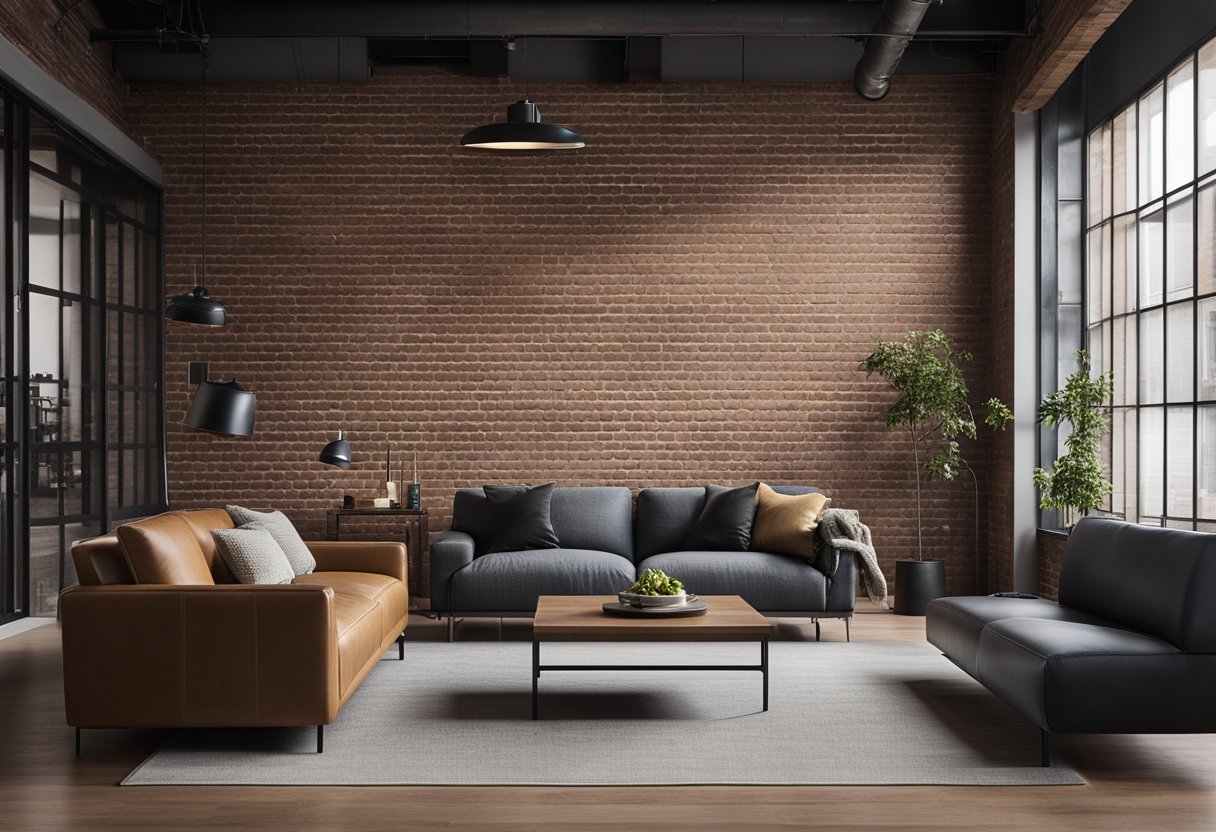
If you’re looking to revamp your home or office space, you may be wondering which design style to choose from. Two popular design styles are modern and industrial design. While both design styles have their unique features, they also share some similarities. In this section, we’ll explore the defining characteristics of modern and industrial design.
Roots and Evolution
Modern design emerged in the early 20th century as a response to traditional design styles. It emphasizes clean lines, simplicity, and functionality. It also incorporates new materials and technologies, such as steel and glass. Modern design is often associated with contemporary architecture and interior design.
Industrial design, on the other hand, has its roots in the Industrial Revolution of the 18th and 19th centuries. It emphasizes functionality, practicality, and efficiency. It incorporates materials such as metal, concrete, and brick. Industrial design is often associated with factories, warehouses, and other industrial spaces.
Modern industrial design is a fusion of these two design styles. It combines the sleek, modern look of modern design with the rough, industrial look of industrial design.
Key Elements and Materials
Modern design emphasizes simplicity, minimalism, and functionality. It incorporates clean lines, geometric shapes, and a neutral colour palette. Key materials used in modern design include glass, steel, and concrete.
Industrial design emphasizes practicality, durability, and efficiency. It incorporates raw, unfinished materials, such as metal, concrete, and brick. Key elements of industrial design include exposed pipes and ducts, high ceilings, and large, open spaces.
Modern industrial design combines these elements to create a sleek, industrial look. It incorporates materials such as metal, concrete, and glass, and emphasizes clean lines and minimalism.
Colour Schemes and Textures
Modern design often features a neutral colour palette, with shades of white, black, and grey. It may also incorporate bold, bright colours as accents. Textures in modern design are often smooth and sleek, with a focus on polished surfaces.
Industrial design features a darker colour palette, with shades of brown, black, and grey. It may also incorporate pops of colour, such as red or yellow. Textures in industrial design are rough and raw, with a focus on exposed materials.
Modern industrial design incorporates both colour schemes and textures. It may feature a neutral colour palette with pops of bold colour, and rough, unfinished textures with sleek, polished surfaces.
Overall, modern and industrial design are two distinct design styles that share some similarities. Modern design emphasizes simplicity, minimalism, and functionality, while industrial design emphasizes practicality, durability, and efficiency. Modern industrial design combines these elements to create a sleek, industrial look that is both functional and stylish.
Practical Application in Living Spaces
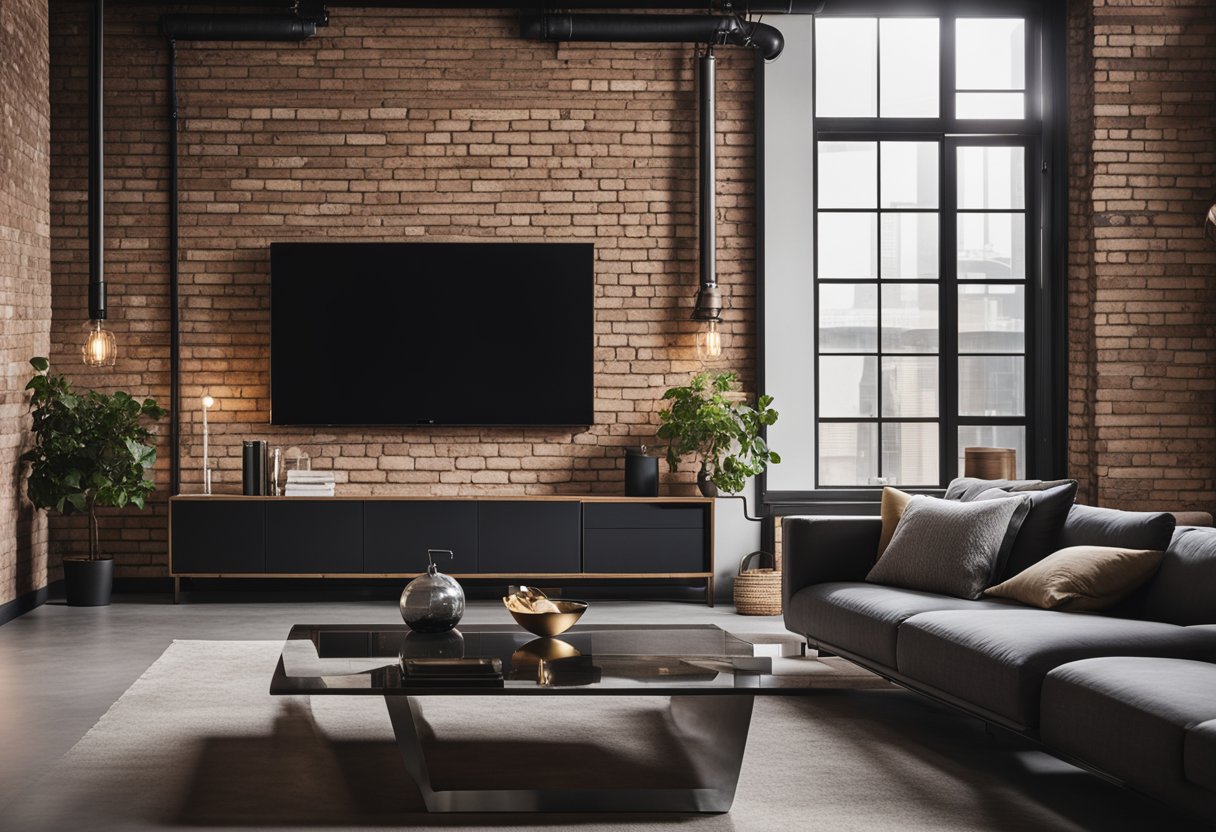
When it comes to practical application, both modern and industrial interior design styles have their unique features that can be incorporated into living spaces to create a functional and stylish home. Here are some practical tips on how to apply these styles to your living spaces.
Furnishing and Decor
Furniture and decor play a significant role in creating a modern or industrial look in your living spaces. For a modern look, you can opt for functional furniture with clean lines and geometric shapes. Consider incorporating bold colours and natural materials such as wood, metal accents, and leather to add warmth and texture to your living room or kitchen.
On the other hand, for an industrial look, you can incorporate furniture with an aged or distressed appearance, such as a wooden table or metal chairs. Exposed brick, concrete floors, wood beams, and exposed piping can also add to the industrial feel of your living spaces. Adding succulents and other greenery can bring a touch of nature into your industrial living room or kitchen.
Lighting and Ambiance
Lighting plays a crucial role in creating the right ambiance in your living spaces. For a modern look, consider using natural light to create a bright and airy feel. Large windows and an open floor plan can help maximise natural light in your living spaces. You can also incorporate bold lighting fixtures with clean lines and geometric shapes to create a modern look.
On the other hand, industrial design often uses warm, dim lighting to create a cosy and intimate atmosphere. Consider using pendant lights, Edison bulbs, or vintage lamps to create an industrial look in your living spaces.
Maximising Space and Design
Maximising space and design is essential in both modern and industrial interior design. For a modern look, consider using an open floor plan to create a seamless flow between your living spaces. You can also use interior colour schemes with bright colours to create a vibrant and energetic feel.
For an industrial look, consider using high ceilings and an open floor plan to create a sense of spaciousness. You can also use natural materials such as wood, metal, and exposed brick to add texture and depth to your living spaces. Incorporating a fireplace in your industrial living room or kitchen can also add to the cosy and inviting feel of your space.
Overall, both modern and industrial interior design styles offer unique features that can be incorporated into living spaces to create a functional and stylish home. By considering factors such as furnishing and decor, lighting and ambiance, and maximising space and design, you can create a living space that reflects your personal style and taste.
Frequently Asked Questions
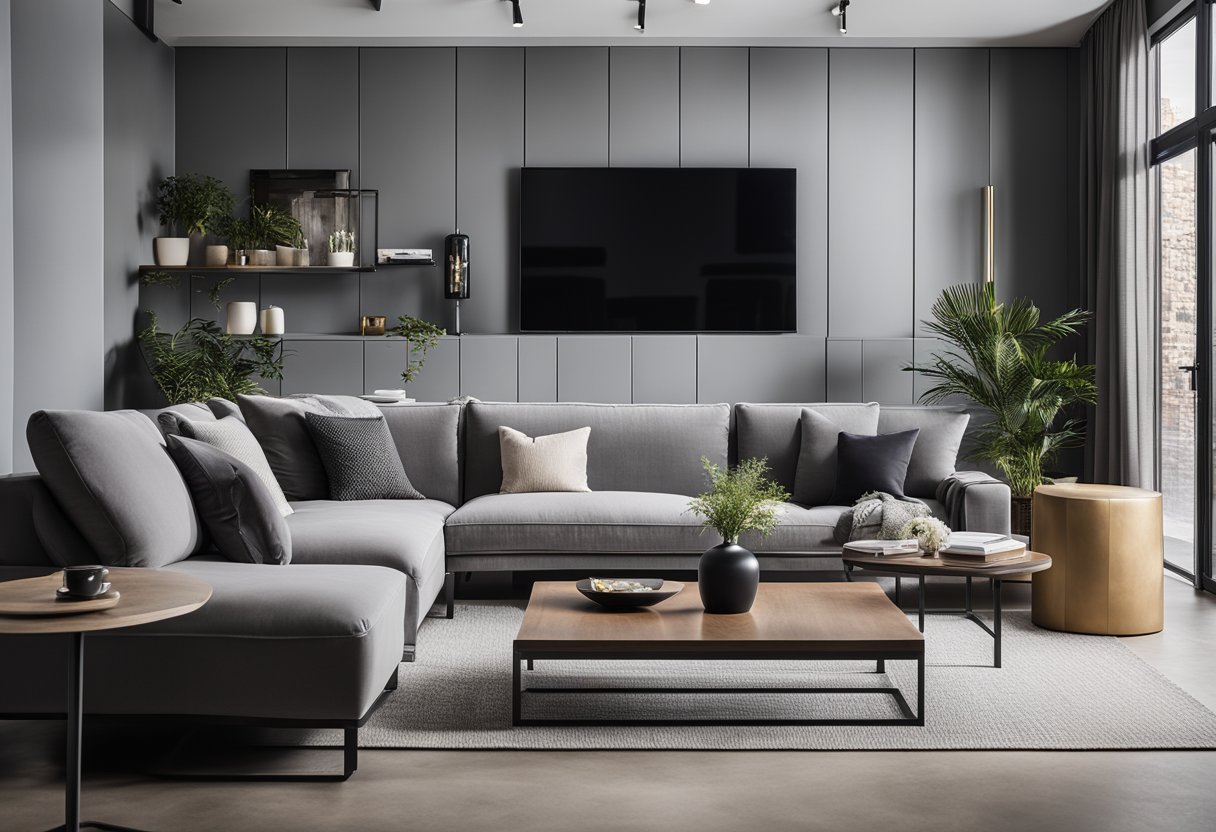
How can one effectively blend modern and industrial design elements in a living space?
Blending modern and industrial design elements can be a great way to create a unique and stylish living space. To achieve this, you can start by selecting a neutral colour palette and incorporating industrial materials such as metal, concrete, and exposed brick. You can then add modern touches such as clean lines and minimalistic furniture to balance out the roughness of the industrial elements. Incorporating statement pieces such as a modern chandelier or a vintage rug can also help to tie the two styles together.
What are the key characteristics that define modern industrial style in interior design?
Modern industrial design is characterised by a blend of contemporary and industrial elements. The style is defined by the use of raw and unfinished materials, such as exposed concrete, metal, and brick, paired with sleek and modern finishes. The colour palette is typically neutral, with pops of bold colours used sparingly. Clean lines and minimalistic furniture are also key characteristics of this style.
In what ways does contemporary interior design differ from industrial design aesthetics?
Contemporary interior design is characterised by a sleek and modern look, with a focus on clean lines and minimalism. The colour palette is typically neutral, with pops of bold colours used sparingly. In contrast, industrial design aesthetics are characterised by the use of raw and unfinished materials, such as exposed concrete, metal, and brick. The colour palette is typically neutral, with a focus on natural and earthy tones.
How can industrial design principles be applied to a High-Density Building (HDB) flat for a unique look?
Industrial design principles can be applied to an HDB flat by using raw and unfinished materials such as exposed concrete, metal, and brick. You can also incorporate industrial-style lighting fixtures and furniture, such as metal chairs and tables. To create a unique look, you can also add statement pieces such as a vintage rug or a modern chandelier.
What are the exciting design strategies for incorporating Scandinavian elements into an industrial setting?
To incorporate Scandinavian elements into an industrial setting, you can start by using a neutral colour palette with pops of bold colours, such as a bright yellow or blue. You can also incorporate natural materials such as wood and leather, which are commonly used in Scandinavian design. To create a cohesive look, you can also add Scandinavian-style furniture such as a wooden chair or a minimalist sofa.
What tips can you share for achieving a warm and inviting rustic industrial interior design?
To achieve a warm and inviting rustic industrial interior design, you can start by incorporating natural materials such as wood, leather, and linen. You can also use warm lighting fixtures such as Edison bulbs or vintage lamps to create a cozy atmosphere. Adding greenery such as potted plants or a vertical garden can also help to soften the roughness of the industrial elements. Finally, incorporating vintage or antique pieces such as a distressed chest or a vintage clock can add character and charm to the space.

